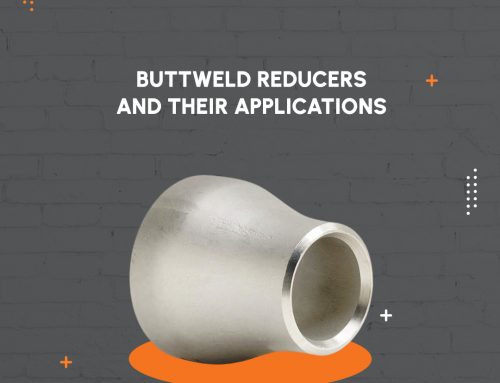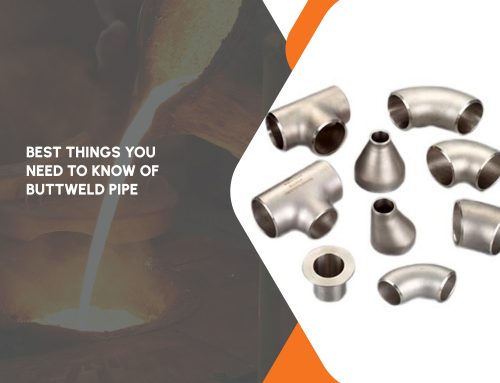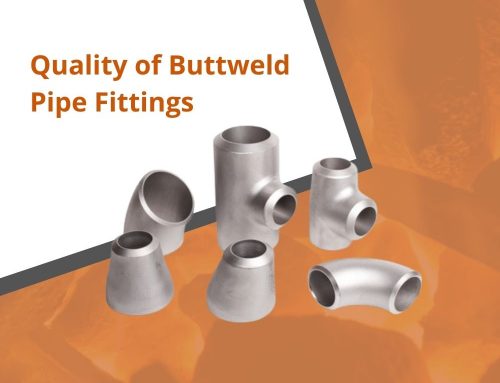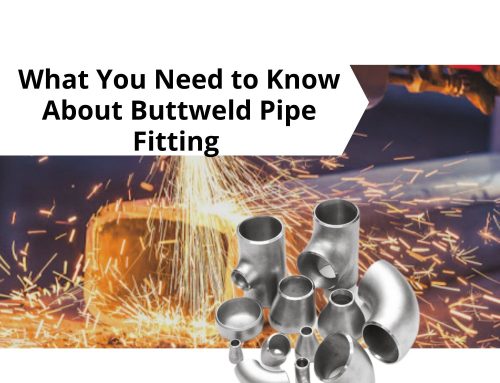Buttweld fittings in pipework are what they sound like. Buttweld fittings are pipe devices that are used to modify the dam’s paths (elbows), decrease the pipe drilled size (passive components), branch (tee shirts, cross), as well as blind a funnel (butt weld cap).
B16.9 ASME Buttweld fittings can be used for pipework processes with diameters greater than 2 inches, so connector weld and tensioned fixtures are being used for relatively small pipelines (ASME B16.11).
Buttweld Fittings with Piping
Buttweld fittings come in a variety of forms (elbows, tees, retarders, traverses, capital letters, and dowel ends), content grades (emissions, elevated soot, reduced, alloy steels, duplex, as well as nickel alloy wheels), and dimensions.
The ASME B16.9 (soot and alloy fasteners) and MSS SP 43 are the primary requirements for using that fittings.
Butt soldering fasteners provide the following advantages:
- Allow for powerful and moisture piping links,
- Reduce pressure loss and vorticity within the forged buttweld fittings
- Get a high durabilityare relatively inexpensive to buy as well as implement
Buttweld Elbow
ASME buttweld fittings shoulders are available in a variety of dimensions (outside radius and sheet thickness combos) to fit ASME B36.10 as well as ASME B36.19 carbon, metal, and galvanised steel pipes ranging in size from 2 to 48 inches (and above).

Buttweld elbows with diameters less than 24 inches are made by cutting, heaters, and going to bend smooth steel pipes; tubing elbows with larger diameters are made from soldered pipes or structural steel.
Shown in the image, the three basic types of forearms in piping seem to be 45, 90, and 180 degrees (or refund elbows).
The following are some examples of pipe elbows:
- Instead of a basic elbow and a circular reducer,
- a lowering elbow is a pipe headphone jack with just an air intake and a news source in 2 distinct bore widths.
- Corners elbow: a huge elbow constructed by joining metal bars.
Short Vs. Long Radius Elbow
A long radius pipe elbow’s centre to face distance is always 1.5 times the expected pipe size, while a short diameter pipe elbow’s centre to face spacing is equal to total tube diameter.
Example:
The centre to face spacing for a 4 inch long radius (LR) butt weld elbow is 4 x 25.4 x 1.5 = 152.4 mm. for a brief radius butt weld elbow, the centre to face length is 4 x 25.4 x 1 = 101.6 mm. Brief radius pipe forearms are really only accessible in 90 and 180-degree configurations (not 45 degrees). long diameter elbows seem to be accessible throughout all degree courses.
Pipe Bends
A pipe bend is a catch-all term for a fitting that controls standardized type in terms The phrase “pipe bend” refers to an appropriate that counterbalances the orientation of a pipe that appears to work but does not specify the exact degree and direction.
Pipe bends are made by trying to twist a tubing or pipe with such a testing machine and trying to form it either warm or chilly. Pipe bends are a cost-effective way to reduce the amount of many other piping systems used in piping systems layouts.




